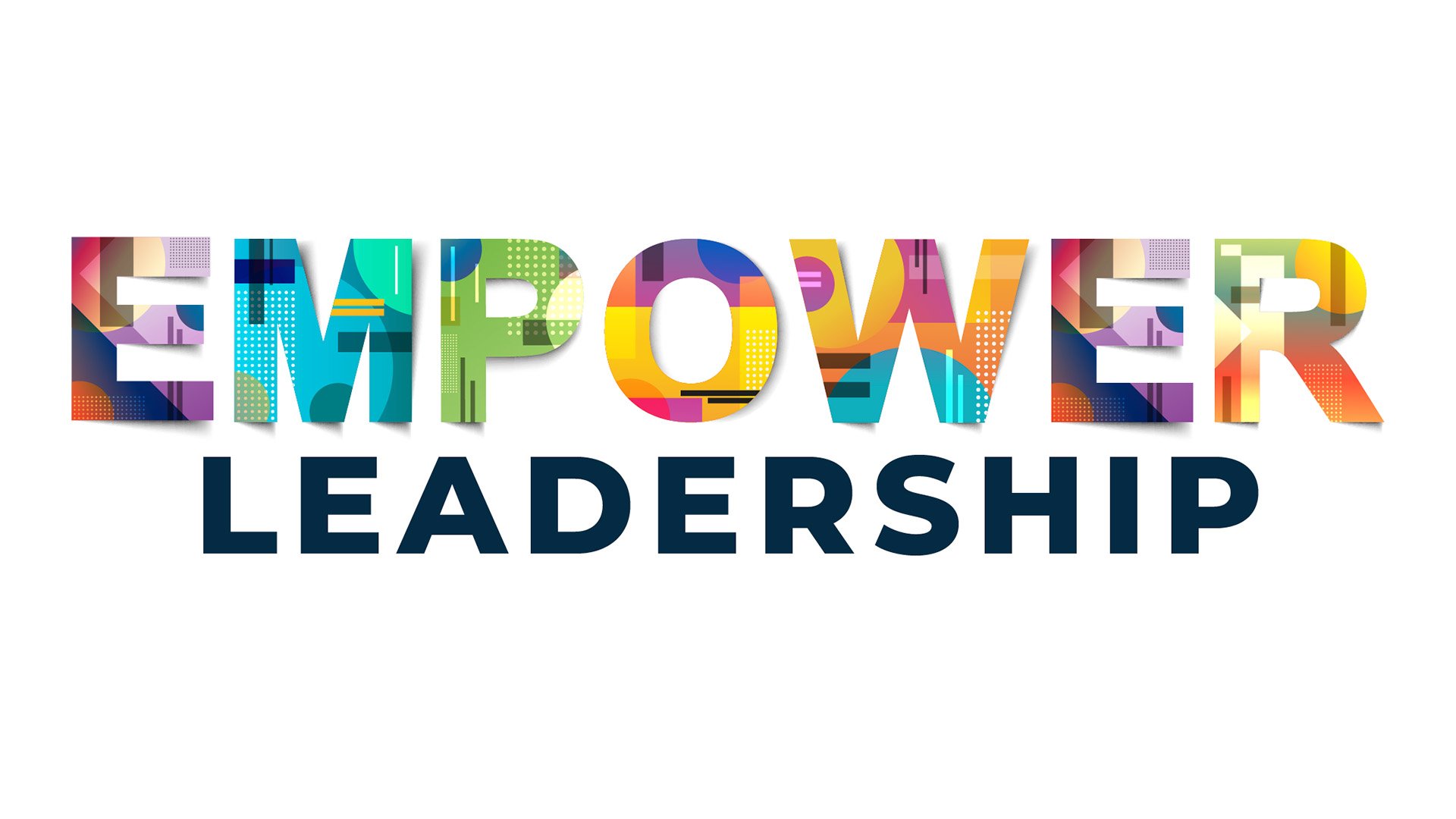9 min read
Mastering Hybrid Team Development: Tuckman’s Model Explained
 Jennifer Hofmann
:
Oct 14, 2024 7:30:00 AM
Jennifer Hofmann
:
Oct 14, 2024 7:30:00 AM

Adapting Leadership Strategies and Tuckman’s Model for Success in Virtual and Hybrid Teams
As businesses adapt to the evolving landscape of work, virtual and hybrid teams have become the cornerstone of modern organizations. This shift, initially accelerated by the pandemic, has proven to be more than just a temporary solution—it’s now clear that remote collaboration is a permanent feature of the future of work. However, to thrive in this environment, teams need more than just digital tools; they require strong leadership and thoughtful development strategies. By adapting traditional models, such as Tuckman's Model of Team Development, leaders can foster high-performing teams that excel in global, hybrid, and virtual settings.
Key Points
-
Virtual Teams are Diverse: Virtual teams come in various forms, such as Intact Work Groups, Project Teams, and Cross-Functional Teams. Each requires tailored leadership strategies for success.
-
Adapting the Tuckman Model: The Tuckman Ladder of team development (Forming, Storming, Norming, Performing, and Adjourning) remains a reliable framework but needs adjustments to fit hybrid and virtual environments.
-
Post-Pandemic Hybrid Challenges: The shift to remote and hybrid work has introduced unique challenges in team development, including maintaining effective communication, managing conflict resolution, and fostering collaboration in digital settings.
-
Customized Leadership Approaches: Leaders must adopt different strategies for each type of team and stage of development, focusing on building trust, promoting productivity, and maintaining team cohesion in virtual environments.
-
Leveraging Emerging Trends: Using AI-powered collaboration tools and adopting new virtual team management practices can boost engagement, enhance communication, and improve overall team performance.
Understanding Virtual Team Types and Their Unique Needs
As virtual and hybrid work become the norm, it’s crucial to recognize that not all virtual teams operate the same way. Leaders must adapt their management styles based on the type and purpose of the team. Here’s a quick breakdown of the most common types of virtual teams:
1. Intact Work Groups:
Definition: These teams work together consistently, usually within the same department, with shared goals and routines.
Leadership Tip: Maintain strong communication channels to ensure consistency and alignment. Regular check-ins are vital to prevent miscommunication in long-standing teams.
2. Project Teams:
Definition: Temporary teams formed to achieve a specific goal or complete a project, disbanding after the objective is met.
Leadership Tip: Since these teams often include members from different departments, it's important. to establish clarity on roles, goals, and deadlines. Regular updates and open communication channels are essential.
3. Cross-Functional Teams:
Definition: Teams composed of members from different departments or areas of expertise, often tasked with tackling complex, strategic issues.
Leadership Tip: Promote collaboration across functional boundaries by encouraging knowledge sharing and minimizing silos. Facilitate team-building exercises that emphasize the value of diverse perspectives.
Applying the Tuckman Ladder to Virtual and Hybrid Teams
The Tuckman Ladder, developed by psychologist Bruce Tuckman, is a widely recognized model for understanding team development. It outlines five stages—Forming, Storming, Norming, Performing, and Adjourning—that every team experiences as they evolve. Although originally designed for in-person teams, the model remains valuable for virtual and hybrid teams, helping leaders guide their teams toward higher productivity and cohesion, regardless of location.
Stage 1: Forming
This stage is characterized by team members getting to know one another and understanding their roles within the group. In hybrid or virtual settings, the Forming stage can take longer than in traditional in-person environments, as the team relies heavily on virtual interactions. Trust has not yet been established, and team members are often unsure about the group's purpose, their individual responsibilities, or how best way to collaborate. At this stage, members look to the leader for guidance, as established norms and processes are still forming.
Key Challenges:
- Team members may feel hesitant, uncertain, or nervous about speaking up or contributing.
- Communication may be stilted, and collaboration tools may be underutilized as members acclimate to virtual or hybrid work environments.
- Roles and responsibilities are unclear, leading to potential misunderstandings and a lack of confidence among team members.
How to Adapt in Virtual Settings:
- Provide Clear Direction: Leaders should help the team define goals and roles early on. Use video meetings and messaging platforms to offer consistent guidance, but also create opportunities for informal interactions to build rapport.
- Informal Virtual Gatherings: Plan virtual icebreakers or casual meetings (e.g., virtual coffee chats) to help team members feel more comfortable with each other.
- Implement Structured Onboarding: When a new team member joins, onboarding should focus not just on tools and procedures, but also on introducing them to the team’s culture and expectations.
Importance of Trust-Building: Since the Forming stage lays the groundwork for team success, it’s important to recognize that trust-building in virtual environments takes time. Leaders must encourage transparency and open communication to speed up this process. Without trust, the team will struggle to progress into later stages, where effective collaboration and decision-making take place.
Long-Term Impact: Every time a new member joins the team, even in hybrid or virtual settings, the team may naturally slip back into some of the dynamics of the Forming stage. While this regression isn't as dramatic as starting from scratch, the team will need time to re-establish trust and adjust to the new group dynamic. New members may bring their own working style, which can temporarily disrupt established norms and roles. Leaders must actively manage this shift, ensuing the team maintains momentum and doesn’t stall.
Stage 2: Storming
The Storming stage is characterized by tension as team members assert themselves, often leading to conflict. By this phase, members have grown more comfortable with their roles and with each other, but this familiarity can also lead to clashes over differing opinions, working styles, or goals. In virtual or hybrid settings, this stage can be even more challenging due to the absence of non-verbal cues—such as body language and tone—which help mitigate misunderstandings in face-to-face interactions. Additionally, team members may form subgroups based on location, time zone, or familiarity, further fragmenting team cohesion.
Key Challenges:
- Miscommunication becomes more common, as subtle cues are harder to interpret in virtual settings.
- Emotional stress, whether from personal circumstances or the virtual work environment, can escalate conflicts.
- Team members may feel frustrated, competitive, or disengaged, especially if they feel unheard or marginalized during virtual conversations.
How to Adapt in Virtual Settings:
- Conflict Resolution: Leaders should take a proactive approach by establishing clear guidelines for communication and conflict management early on. Regular one-on-one check-ins can help leaders spot tension before it escalates.
- Open Communication: Foster a culture of open and respectful communication, where team members feel comfortable expressing concerns or frustrations. Virtual feedback loops, where team members give and receive constructive feedback, can also help.
- Team-Building Activities: Introduce virtual team-building exercises that focus on conflict resolution and emotional intelligence. These activities help the team bond and reduce the risk of cliques forming.
Long-Term Impact: The Storming stage is necessary for a team to develop trust and move forward. However, in hybrid or virtual environments, this phase can be prolonged without careful attention from the leader. If conflicts go unresolved, or if team members feel disconnected from the team’s purpose, the team may become stuck in this stage, impeding progress. Leaders must regularly assess the team’s emotional state and be prepared to facilitate difficult conversations when necessary.
Stage 3: Norming
The Norming stage is marked by increased cohesion and a clearer understanding of roles and responsibilities. At this point, the team has navigated through much of the conflict from the Storming phase and is beginning to build stronger relationships. However, virtual and hybrid teams may find it challenging to sustain this stage, as the absence of casual office interactions can hinder spontaneous bonding. Nevertheless, teams in this stage start to feel more unified and productive, with collaborative decision-making and a decrease in conflict.
Key Challenges:
- With fewer opportunities for spontaneous, in-person interactions, some team members may still feel isolated or disconnected, even as the team finds its rhythm.
- Norms and expectations may not be communicated clearly enough, leading to confusion about how the team should operate.
How to Adapt in Virtual Settings:
- Structured but Flexible Routine: Establish a routine that keeps the team aligned without micromanaging. Daily virtual stand-ups or brief check-ins can help maintain momentum and ensure everyone is on the same page.
- Document Norms: Ensure that team norms are well-documented and accessible. This includes agreements on communication styles, response times, and decision-making processes. In virtual settings, what might be implicit in an office environment needs to be explicit.
- Fostering Spontaneous Collaboration: Use collaboration tools like Slack or Microsoft Teams to encourage spontaneous interactions, replicating the informal hallway conversations typical in an office. Leaders should intentionally create opportunities for brainstorming and informal chats.
Long-Term Impact: During the Norming stage, team cohesion strengthens, leading to increased productivity. However, leaders must remain vigilant, as virtual environments often require ongoing reinforcement of team norms. Without face-to-face interaction, teams may regress into earlier stages if communication falters or norms aren’t upheld. By nurturing these practices, leaders can help the team maintain a Norming state for an extended period.
Stage 4: Performing
The Performing stage represents the height of team development, where the team operates as a cohesive unit and functions efficiently. At this stage, team members exhibit high levels of trust and autonomy, allowing leaders to delegate tasks with confidence, knowing the team can manage them independently. While reaching this stage can be more challenging for virtual and hybrid teams, the rewards are significant, demonstrating the team’s ability to overcome the barriers of remote collaboration.
Key Characteristics:
- The team is highly autonomous, with minimal need for oversight.
- Collaboration is seamless, with members handling challenges with confidence and a positive attitude.
- Trust between team members is solid, enabling quick and effective conflict resolution.
How to Adapt in Virtual Settings:
- Delegation and Empowerment: Leaders should focus on empowering team members, entrusting them with ownership of their tasks. Clear accountability and well-defined goals are essential for maintaining autonomy in a virtual setting.
- Professional Development: Even in the Performing stage, it’s important to nurture the professional growth of the team. Leaders can support this by encouraging ongoing learning, providing constructive feedback, and offering new opportunities for leadership or additional responsibilities.
- Sustaining Team Morale: High-performing virtual teams can still experience fatigue or burnout, especially during prolonged remote work. Leaders should be attuned to signs of disengagement and provide support when necessary.
Long-Term Impact: In hybrid or virtual environments, it’s crucial to recognize that teams may not remain in the Performing stage indefinitely. Changes in team composition, workload, or external factors may lead to regression into earlier stages. Leaders should continuously monitor team dynamics and be prepared to offer guidance to maintain high performance.
Stage 5: Adjourning (Mourning)
The Adjourning stage occurs when a project concludes or when the team disbands, either temporarily or permanently. In virtual and hybrid settings, the emotional impact of this stage can be more pronounced, as team members may feel disconnected once the team dissolves. Virtual teams may struggle with closure due to the lack of in-person interactions, making it harder to celebrate accomplishments or reflect on the work done.
Key Challenges:
- Team members may experience emotions such as sadness, uncertainty, or loss as they transition out of the team.
- Achieving a sense of closure can be challenging without a formal wrap-up process to acknowledge the team's journey.
- In virtual settings, team members may disengage quickly if their contributions are not properly recognized or acknowledged.
How to Adapt in Virtual Settings:
- Acknowledge Contributions Publicly: Leaders should celebrate the team’s achievements in a meaningful way. Virtual celebrations, written acknowledgments, or a dedicated wrap-up meeting can help team members feel valued and recognized.
- Maintain Connections: Offer opportunities for team members to stay connected even after the project ends. For example, creating ongoing communication channels (e.g., a Slack group or LinkedIn community) can help keep relationships alive.
- Provide Clear Next Steps: Support team members in transitioning to their next project or team by offering guidance. Informal exit interviews or feedback sessions can also aid providing closure and direction.
Long-Term Impact: Each time a team completes a project or undergoes changes in composition, they naturally revert to earlier stages of development, particularly Forming or Storming. Leaders must recognize this cyclical process and manage it thoughtfully, ensuring that new teams or projects receive the same level of attention and support as previous ones. Celebrating accomplishments while preparing for the next challenge is crucial to keeping team members engaged for the long term.
Don’t let the complexities of hybrid team dynamics slow down your success. Let InSync provide expert guidance in adapting leadership strategies for high-performing virtual and hybrid teams. Contact us to find out how.
The Impact of Hybrid and Virtual Work on Team Development
The transition to hybrid and virtual work environments has fundamentally transformed team dynamics, giving rise to new long-term trends in remote collaboration. To remain competitive, leaders must adapt their approach at each stage of team development. Consider these key adjustments to sustain team performance and resilience in a post-pandemic world:
- Clear Communication: Miscommunication is prevalent in virtual settings. Regular meetings, clearly defined goals, and collaboration tools like Slack or Teams are essential for ensuring alignment and understanding.
- Intentional Collaboration: Without spontaneous office interactions, leaders should organize virtual brainstorming sessions and utilize collaboration tools to foster innovation and creativity.
- Emotional Support: Remote work can lead to feelings of isolation. Leaders must prioritize regular check-ins, provide mental health resources, and cultivate an open culture to support employee well-being.
- Work-Life Balance: The hybrid work model can blur personal and professional boundaries. Promote flexible schedules and encourage breaks to prevent burnout and maintain productivity.
- Adapt Leadership: Emphasize delegation and empowerment rather than micromanagement. Facilitate, coach, and provide constructive feedback to promote autonomy and ensure alignment.
- Celebrate Success: Publicly acknowledge team achievements to boost morale and engagement, whether through virtual celebrations or recognition in meetings.
- Stay Agile: The constant changes in hybrid work require leaders to remain flexible, promote continuous learning, and adjust strategies as needed.
Leveraging AI and Emerging Trends in Virtual Collaboration
The rise of AI-powered tools is revolutionizing collaboration in hybrid and virtual environments. Tools such as AI-driven project management platforms, automated scheduling assistants, and real-time transcription services enable teams to work more efficiently, streamline communication, and enhance productivity. According to a study by McKinsey, hybrid teams utilizing AI tools report higher levels of engagement and collaboration. Integrating these technologies into your team's workflow not only boosts efficiency but also addresses common challenges in remote settings, like miscommunication and time zone differences.
Ready to lead your hybrid teams into the future with confidence? Enroll your team in this class to discover how InSync Training can help you build leadership skills that foster collaboration, trust, and productivity across virtual environments: Virtual Learning Strategies.
Navigating the Future of Virtual Team Leadership
By embracing these long-term trends in hybrid and virtual work environments, leaders can ensure their teams remain resilient, productive, and engaged. Successful remote collaboration goes beyond implementing the right tools; it involves fostering a culture of trust, adaptability, and intentional connection. By doing so, leaders can guide their teams through the complexities of modern work environments while preparing them for future challenges.
Elevate your virtual learning experiences with InSync Academy. For over 20 years, we've helped organizations—big and small—build thriving online learning communities that deliver real results. Are you ready to enhance your skills and empower your team? Enroll in InSync Academy today and access expert-led courses designed to advance your professional development and boost your organization’s success. Start your journey to becoming a virtual learning leader now!

Now What? Forming, Norming, Storming, & Performing for Hybrid Virtual Teams
Virtual teams are now the lifeblood of many organizations. The pandemic accelerated the trend towards more global, virtual, hybrid and mobile teams. ...

